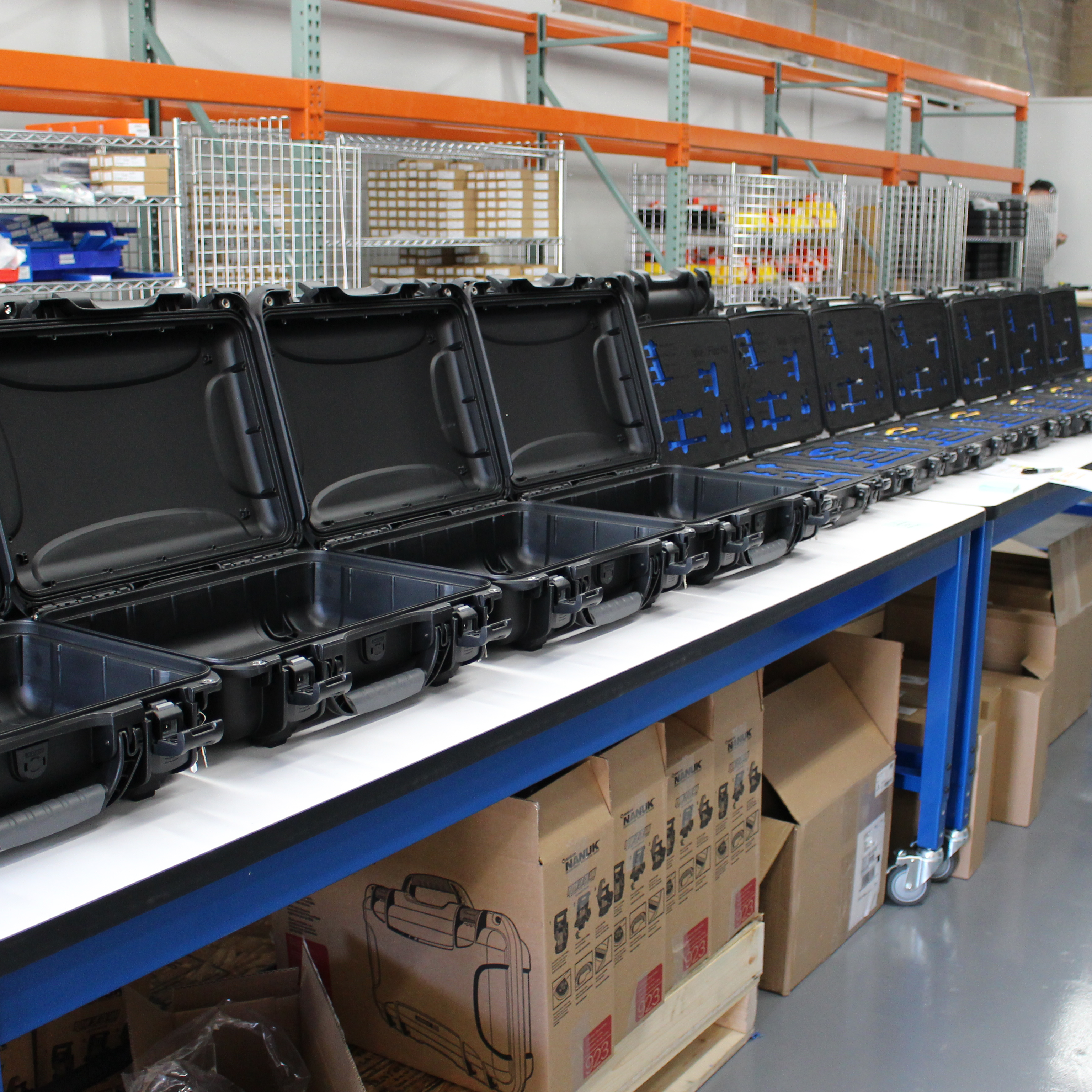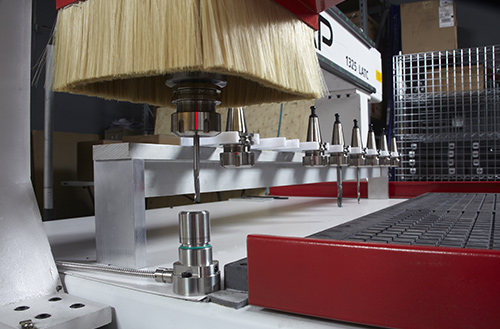The Importance of Tool Identification Marking in Maintaining Workplace Safety
In the bustling environment of modern workshops and construction sites, the simple yet critical practice of tool identification marking plays a pivotal role in enhancing safety and efficiency. This article explores the nuances of this system, its implementation methods, and the tangible benefits it brings to workplaces aiming to mitigate accidents and foster a culture of responsibility.
Understanding Tool Identification Marking
Tool identification marking is the practice of marking or tagging tools and equipment with identifiable symbols, numbers, or codes, essentially linking tools to their respective owners or departments. This systematized approach helps in quickly identifying the rightful place of each tool, thereby minimizing loss and facilitating easier management of resources. In environments where multiple teams or shifts use the same workspace, this method proves invaluable in maintaining order and accountability.
Moreover, the process of labeling tools not only aids in their identification but also serves as a constant reminder of the importance of tool maintenance and care. It fosters a sense of ownership among employees, encouraging them to return tools to their designated locations after use, hence reducing the risk of work-related accidents caused by misplaced tools.
The Role of Tool Identification in Enhancing Safety
Tool identification marking directly contributes to workplace safety by ensuring that tools are easy to locate, use, and return to their rightful place. This organized approach prevents potential injuries that can arise from using the wrong tool for a job or from tools being left out in walkways, leading to trip and fall hazards. By clearly marking tools, workers can swiftly identify and select the appropriate equipment for their tasks, reducing the incidence of accidents and increasing overall productivity.
In addition to preventing physical accidents, tool identification systems allow for better management of tool maintenance cycles. Regular maintenance checks are easier to track, ensuring that all tools are in optimal working condition and safe to use. This proactive maintenance strategy minimizes the likelihood of equipment failures that could lead to workplace injuries.
Methods of Tool Identification Marking
There are several methods of marking tools for identification, including engraving, use of durable labels, painting, and RFID tagging. Each method has its advantages and can be chosen based on the specific needs and conditions of the workplace. For instance, engraving is permanent but may not be suitable for all types of tools, whereas labels and paint offer flexibility but need regular replacement to remain legible.
RFID tags and barcode systems represent the more technologically advanced options, enabling quick scanning and inventory management. These methods not only simplify the process of tool tracking but also facilitate the integration with digital inventory management systems, further enhancing the efficiency of tool allocation and accountability.
Benefits of Implementing a Tool Identification System
The primary benefit of implementing a tool identification system is the significant enhancement of workplace safety it brings. By ensuring that each tool is correctly identified and stored, the process minimizes hazards, leading to a reduction in workplace accidents and related costs. Moreover, the system supports operational efficiency by reducing time spent searching for tools, speeding up task completion, and minimizing equipment downtime through efficient maintenance schedules.
Challenges in Tool Identification and Solutions
While the advantages of tool identification marking are clear, the implementation of such systems is not without challenges. These can include the initial time and financial investment required to mark all tools, resistance from employees unaccustomed to the discipline of returning tools to their designated spots, and the need for regular updates to the system as tools are added or phased out. Effective training programs, coupled with clear communication about the benefits of the system, can mitigate these obstacles.
Additionally, selecting the most appropriate marking method for the diverse range of tools in a workplace requires careful consideration. Solutions include piloting different methods to determine the most effective and sustainable options and involving employees in the selection process to ensure buy-in and compliance.
Case Studies: Impact of Tool Identification on Workplace Safety
Real-world applications of tool identification systems underscore their substantial impact on enhancing workplace safety. For example, a construction company reported a 30% reduction in tool-related accidents within a year of implementing a comprehensive tool marking and management system. Another case involved a manufacturing facility that saw a significant decrease in equipment loss and associated costs after adopting RFID technology for tool tracking.
Marking a Safer Future
The adoption of tool identification marking transcends mere regulatory compliance; it embeds a culture of safety, accountability, and efficiency within the workplace. By prioritizing this seemingly modest measure, organizations can significantly reduce the risks of accidents, misplaced tools, and productivity lapses. As we’ve seen, the benefits are immense, ranging from improved safety records to a more engaged workforce. Ultimately, tool identification marking is not just about marking equipment; it’s about affirming a commitment to creating a safer, more organized, and efficient work environment.






